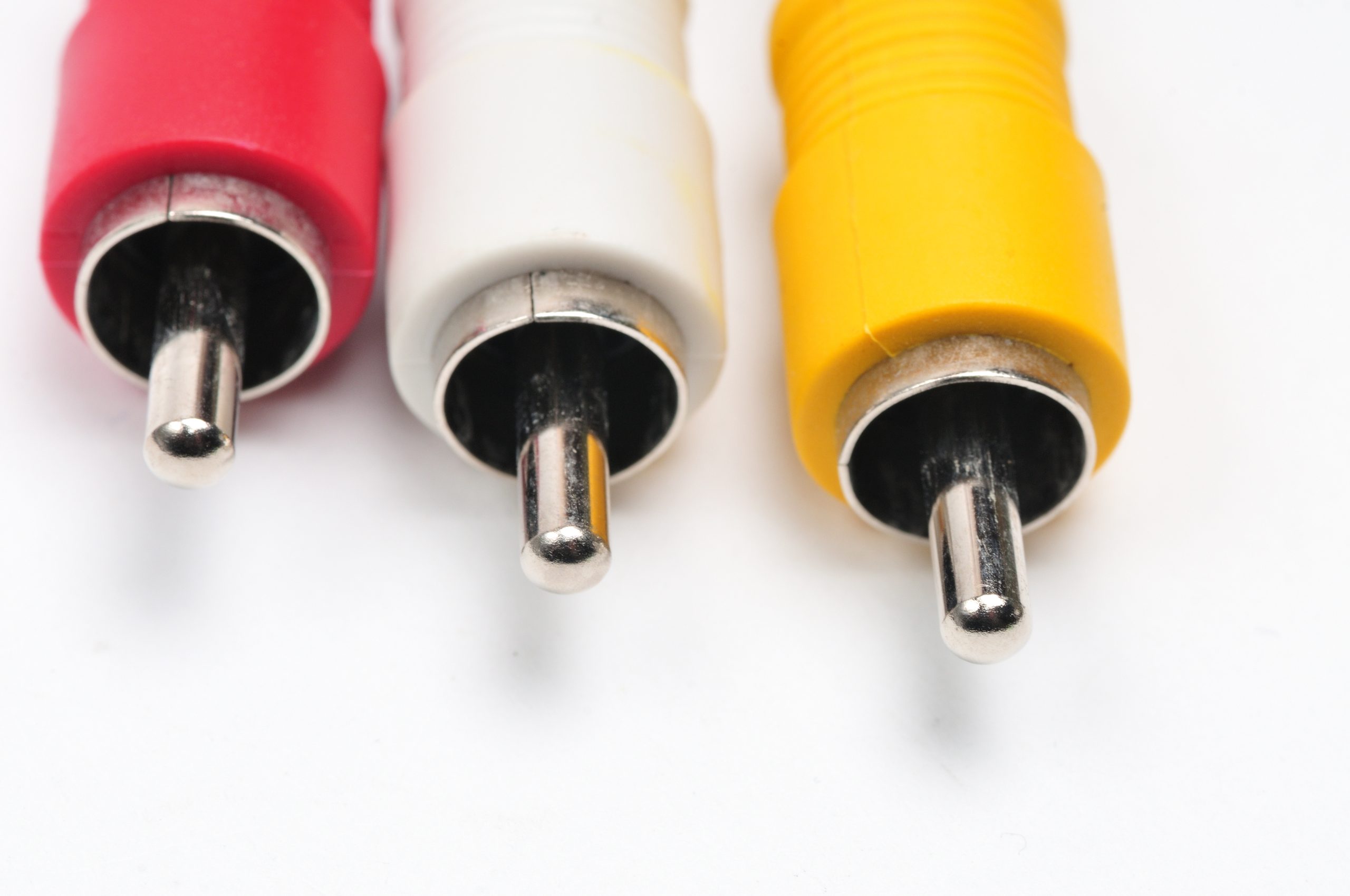When connecting devices to your TV, you may come across a set of ports marked with different colors. Among them, you’ll typically find a tri-color plug-in option known as RCA cable input. The acronym RCA stands for the Red White Yellow color combination and was a popular choice for video and audio input in the late 2000s. If you’ve ever used CD players, VCR players, or connected your television to a cassette video player, chances are you’ve utilized RCA cables to stream audio and video to your TV. In this article, we will delve into the world of RCA cables, exploring their purpose and shedding light on what exactly the Red White Yellow Cable, aka RCA Cable, is.
Understanding RCA Cables
RCA cables, also known as composite or colorful cables, are primarily used for transmitting audio and video signals. They often feature three-color combinations but are not limited to just red, white and yellow. In some cases, you may encounter variations such as blue, green, white, or even pure black cables. These cables have become ubiquitous in our daily use of electronic gadgets. But what exactly are they and what purpose do they serve? Let’s find out.
Origins and Development
The RCA cables were originally developed by the Radio Corporation of America(RCA) in the 1940s and quickly became the industry standard for transmitting analog audio and video signals. Their simple connection type and user-friendly nature made RCA cables the go-to choice for audio connections in countless consumer electronic devices. While initially designed for monaural audio signals, the cables were later modified to support dual-channel audio and video transmission.
Components and Identification
An RCA cable typically consists of three separate cables bundled together, each with it’s own connector: red(right audio), white(left audio) and yellow(composite video). These cables employ a single core conductor surrounded by a ground shield to minimize signal loss and interference. Color coding is implemented to facilitate easy identification, enabling users to match the correct plugs with their corresponding ports on devices.
Functionality of Red, Yellow and White Cables
The primary purpose of RCA cables is to transmit analog audio and video signals between devices. The red and white plugs are dedicated to audio transmission, providing stereo playback with distinct left and right audio channels. These plugs connect to the corresponding audio output jacks on source devices like DVD players or audio receivers, as well as the corresponding input jacks on receiving devices such as televisions or amplifiers.
On the other hand, the yellow plug carries composite video signals, which combine brightness and color information into a single channel. However, it’s important to note that the composite video connection offers lower resolution for video transmission and does not provide the same level of image quality as other options like VGA or HDMI.
RCA Cables in the Modern Era
Although digital connections like HDMI have gained popularity, RCA cables remain relevant, particularly in older devices and legacy systems. They offer compatibility and simplicity, albeit at the expense of lower signal quality compared to their digital counterparts. However, to bridge the gap between HDMI and RCA, there are various connectors available in the market that allow you to connect HDMI or VGA output devices to RCA inputs and vice versa. These HDMI converters enable the use of RCA cables with HDMI-output-only devices or vice versa.
Conclusion
We have explored the realm of RCA cables, understanding their significance and functionality. While digital connections like HDMI have gained prominence in recent years, RCA cables continue to be widely used, particularly in older devices and legacy systems. We hope this comprehensive guide has provided you with a better understanding of RCA cables and how to use them effectively.
Other Technical Reviews:- Reviews







